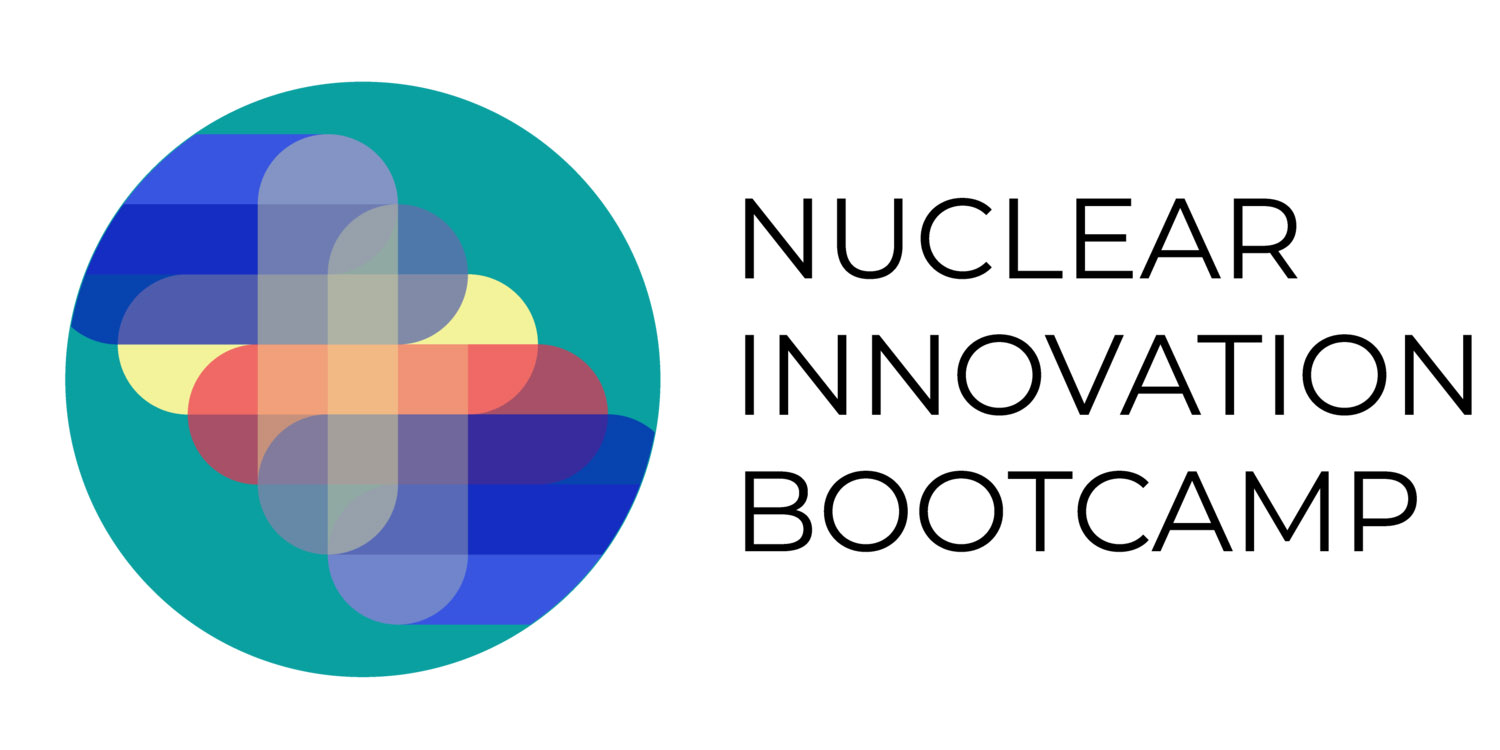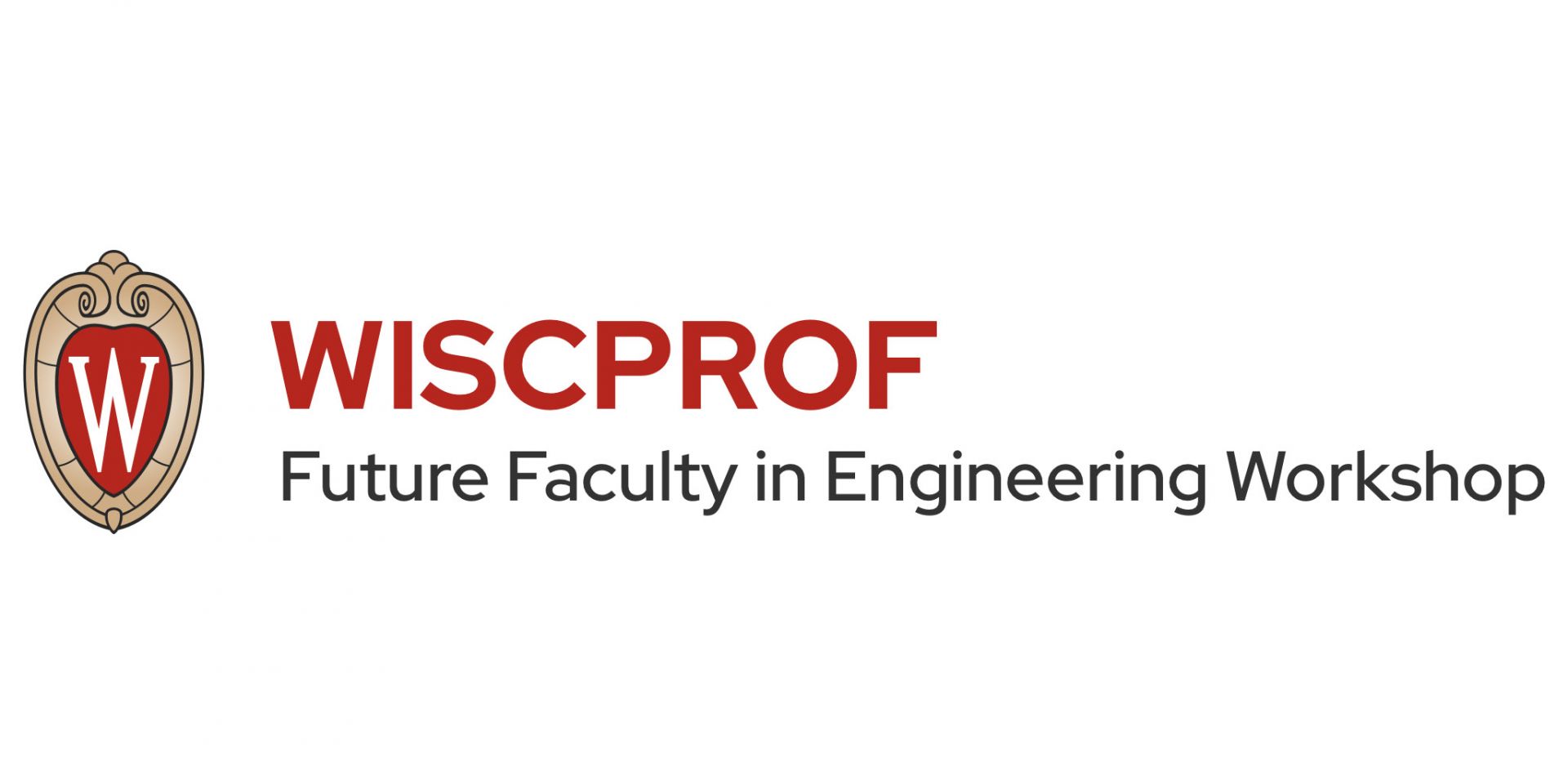The Khmelnitskiy nuclear power plant, site of Ukraine's planned new reactors. (Photo: RLuts)
Ukraine plans to start construction on four new nuclear plants this summer or fall, the country’s energy minister said in televised remarks today.
The quicker timeline aims to compensate Ukraine for lost energy capacity as its war with Russia continues. Ukraine’s government, however, still needs to sign off on the plans.
“We need vessels,” said energy minister German Galushchenko.
WIPP’s Joy James-Foster (left) visited SRNS’s Kim Mitchell to learn about how to establish a Regional Science Bowl in Carlsbad, N.M. (Photo: SRNS)
A program manager from the Waste Isolation Pilot Plant recently visited the Savannah River Site to benchmark an education outreach program’s successful science, technology, engineering, and math (STEM) outreach initiatives, which have been in place with local schools since 2008.
The OECD NEA workshop will be held at Chateau Laurier in Ottawa, Canada. (Image: OECD NEA)
The OECD Nuclear Energy Agency is hosting a workshop on the economics of small modular reactors in Ottawa, Canada, on February 27, 2024.
The workshop will be an in-person event, with no hybrid or virtual attendance option. There is no cost for the workshop, but attendees from relevant organizations will be prioritized due to room capacity.
Registration is required.
Diablo Canyon nuclear power plant. (Photo: Doc Searls)
The Nuclear Regulatory Commission has scheduled two meetings in February to discuss the environmental evaluation and review process for the license renewal application of the two-unit Diablo Canyon nuclear power plant in Avila Beach, Calif.
Argonne scientists adjust the AMIS beamline prior to its commissioning. (Photo: Argonne)
Argonne’s newest beamline uses heavy ions to degrade a material’s properties as much in a day as a nuclear reactor does in a year, without introducing radioactivity. That’s according to an article published January 16 by Argonne National Laboratory. The Argonne Tandem Linac Accelerator System (ATLAS) now boasts a new beamline—the ATLAS Material Irradiation Station, or AMIS—that uses the accelerator’s lowest high-energy beams to displace atoms and mimic the degradation of materials inside an operating reactor over time. AMIS makes it easier and faster to test candidate fuel and structural materials for existing and future reactors.
An IAEA researcher collects samples from the Antarctic shoreline. (Image: IAEA)
The International Atomic Energy Agency, in cooperation with Argentina, launched a scientific research expedition on January 6 to study microplastics in Antarctica—one of the planet’s most remote areas—as part of an effort to combat widespread microplastic pollution.


-3 2x1.jpg)









 The recently released 2021–2022 data from the
The recently released 2021–2022 data from the 


